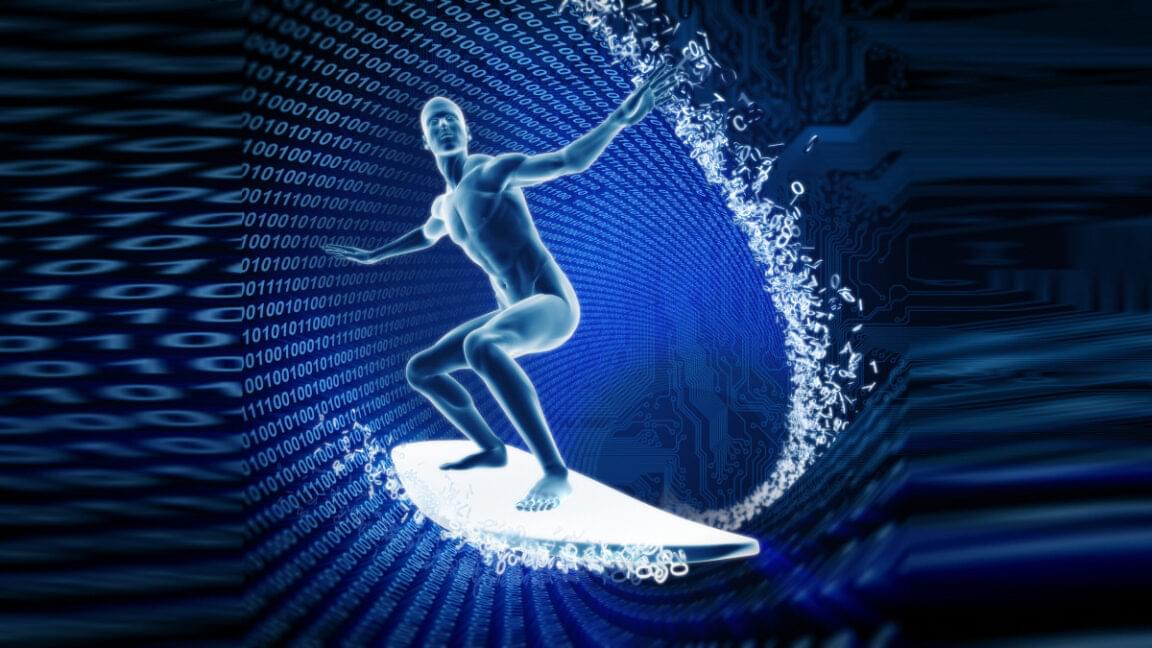The role of solar heat in earthquake activity https://pubs.aip.org/aip/cha/article-abstract/35/3/033107/33…m=fulltext
Seismology has revealed much of the basics about earthquakes: Tectonic plates move, causing strain energy to build up, and that energy eventually releases in the form of an earthquake. As for forecasting them, however, there’s still much to learn in order to evacuate cities before catastrophes like the 2011 magnitude 9.0 Tōhoku earthquake that, in addition to causing the tsunami that led to the Fukushima nuclear disaster, resulted in more than 18,000 deaths.
In recent years, research has focused on a possible correlation between the sun or moon and seismic activity on Earth, with some studies pointing to tidal forces or electromagnetic effects interacting with the planet’s crust, core, and mantle.
In Chaos researchers from the University of Tsukuba and the National Institute of Advanced Industrial Science and Technology in Japan explored the likelihood that Earth’s climate, as affected by solar heat, plays a role.







